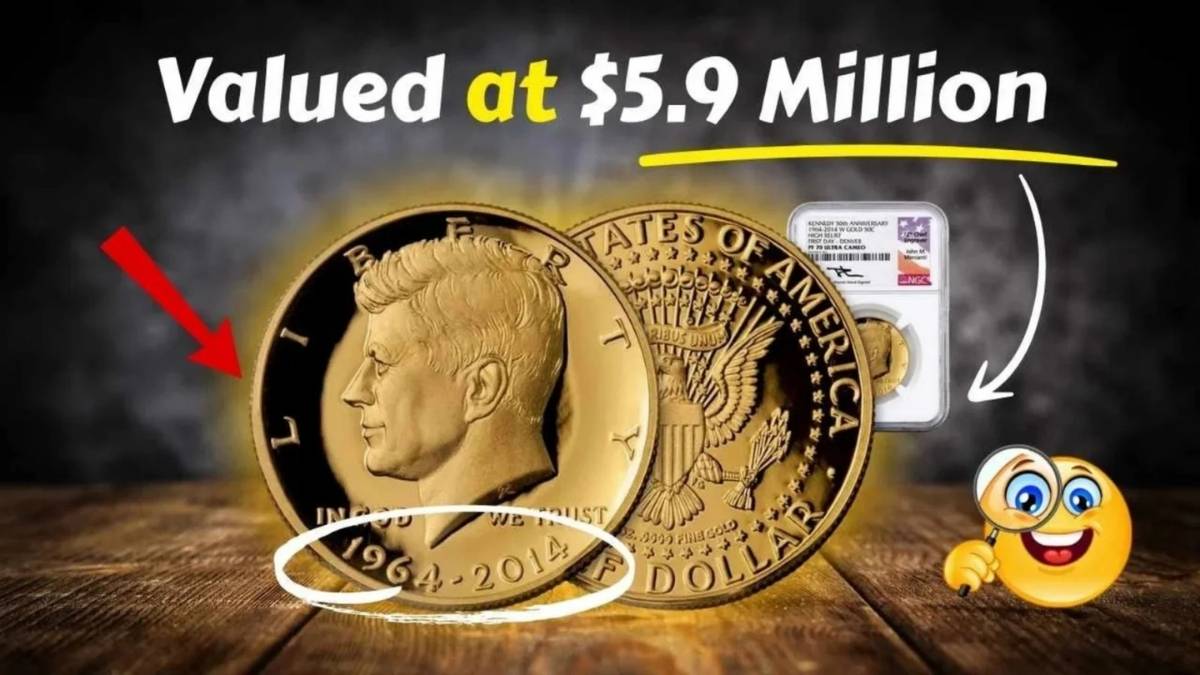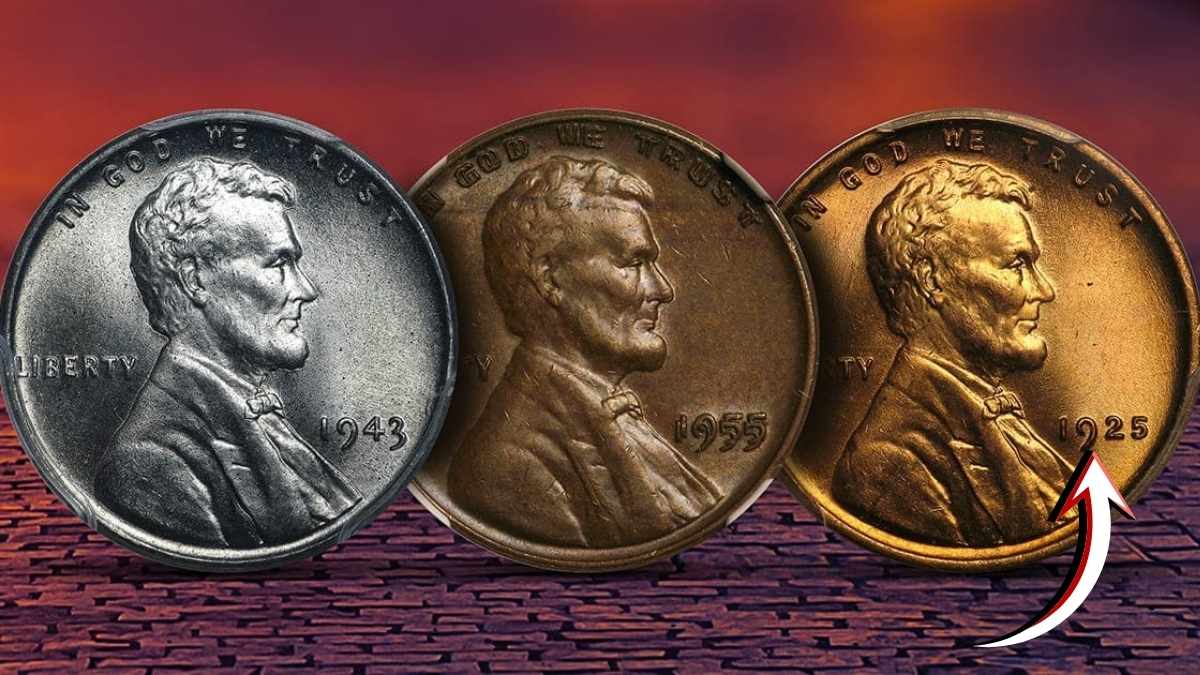If you’ve ever looked closely at your cash, you might have noticed something unusual a tiny star symbol (★) at the end of a $1 bill’s serial number. That little star could mean your bill is worth more than its face value.
Welcome to the fascinating world of Star Notes, where small details can lead to big discoveries for beginner collectors.
In this article, you’ll learn what Star Notes are, why they’re valuable, how to identify them, and how much they’re worth in 2025.
What Exactly Is a Star Note?
A Star Note is a replacement bill printed by the U.S. Bureau of Engraving and Printing (BEP). These notes are used to replace misprinted or damaged bills before they enter circulation.
Because every U.S. banknote must have a unique serial number, the BEP can’t simply reprint the same number. Instead, it creates a replacement bill with a star symbol at the end (or beginning) of the serial number.
For example:
| Type | Serial Number Example |
|---|---|
| Regular Bill | G23456789A |
| Star Note | G23456789★ |
That little star is what makes these bills stand out and sometimes worth collecting.
Why Are Star Notes Valuable?
Star Notes hold value beyond their $1 face because of scarcity, collector demand, and unique print runs.
Here’s why collectors seek them out:
1. Limited Quantity
Only a small percentage of bills in each series are Star Notes. Since they replace defective notes, the number printed depends on how many errors occurred. Some print runs may produce millions of Star Notes, while others might only have a few hundred thousand or fewer.
2. Short Print Runs Are Rare
Collectors track how many Star Notes were printed in a specific run. Short print runs (typically under 640,000 notes) are considered rare and can sell for significantly more.
3. Condition Adds Value
Crisp, uncirculated Star Notes fetch higher prices. If your bill is clean, flat, and has sharp corners, it’s worth holding onto.
4. Special Serial Numbers
Star Notes with unique or “fancy” serial numbers like 00000001★, 12344321★, or 77777777★ can be highly sought after. Collectors often pay a premium for repeating or symmetrical patterns.
How to Identify a Star Note
Spotting a Star Note is simple once you know where to look.
- Check the Serial Number – It’s printed twice on the front of every bill: once in the top right corner and once in the bottom left.
- Look for the Star (★) – If you see a small star instead of the last letter, that’s your clue.
- Check the Series Year – Located near the portrait, this tells you when that version of the note was issued. Older Star Notes are often more valuable.
Pro Tip: Use online tools like MyCurrencyCollection.com’s Star Note Lookup to see if your bill came from a short or rare print run.
How Much Are $1 Star Notes Worth?
The value of a Star Note depends on several factors: condition, rarity, and demand.
Here’s a quick value guide for modern $1 Star Notes (Series 1995–2021):
| Condition | Typical Value | Notes |
|---|---|---|
| Circulated (Common Run) | $1.00 – $2.00 | Only slight premium for collectors |
| Uncirculated (Common Run) | $2.00 – $5.00 | Good for starter collections |
| Short Run (Rare) | $10 – $50+ | Scarce, sought after by collectors |
| Fancy Serial Number | $100 – $500+ | Value varies by pattern and demand |
| Older Series (Pre-1970s) | $50 – $1,000+ | Rare, high-grade examples are prized |
Most modern Star Notes won’t make you rich overnight, but some short-run issues or rare serial numbers can surprise you.
If you find one, it’s worth checking its rarity before spending it.
How to Check If Your Star Note Is Rare
You don’t need to be an expert to find out if your bill is special. Follow these easy steps:
- Locate the Series Year and Serial Number
Example: Series 2017A, Serial Number C01234567★ - Use a Star Note Lookup Tool
Enter your bill’s details at sites like MyCurrencyCollection.com. It will tell you how many Star Notes were printed for that series and district. - Check Collector Forums or eBay
Search completed listings (not just active ones) to see what similar Star Notes have actually sold for. - Evaluate Condition
Flat, crisp, and uncreased bills will always command higher prices.
Should You Save or Sell a Star Note?
If you find a Star Note in your wallet, the best move is usually to save it at least until you check its rarity.
Keep your bill if it’s:
- From a short print run
- In uncirculated or near-perfect condition
- Has a fancy serial number
- From an older series
Even if it’s common, it’s a fun piece of history that can make a great conversation starter or collector’s item.
If you decide to sell, consider:
- eBay or online marketplaces for wide exposure
- Coin and currency shows for expert appraisals
- Local coin shops for quick cash offers
Always compare recent sale prices before listing or selling.
Tips for Beginner Collectors
Getting into paper money collecting doesn’t have to be expensive. Here’s how to start:
- Inspect your cash regularly: Star Notes are often hiding in plain sight.
- Store notes carefully: Use acid-free sleeves or currency albums to prevent creases and discoloration.
- Avoid folding or handling too much: Finger oils can damage notes over time.
- Document your finds: Keep a simple notebook or spreadsheet tracking your serial numbers, condition, and values.
- Keep learning: Follow YouTube channels, online forums, or the American Numismatic Association (money.org) for expert tips.
Final Thoughts
Star Notes remind us that not all dollar bills are created equal. That tiny star in the serial number marks your bill as a replacement and potentially a collectible.
While most Star Notes are only worth a few dollars, the thrill comes from finding that rare short-run or fancy serial number that turns an ordinary $1 into a mini treasure.
So next time you get change, take a closer look. You might just find a little star shining back at you and a new hobby worth exploring.




